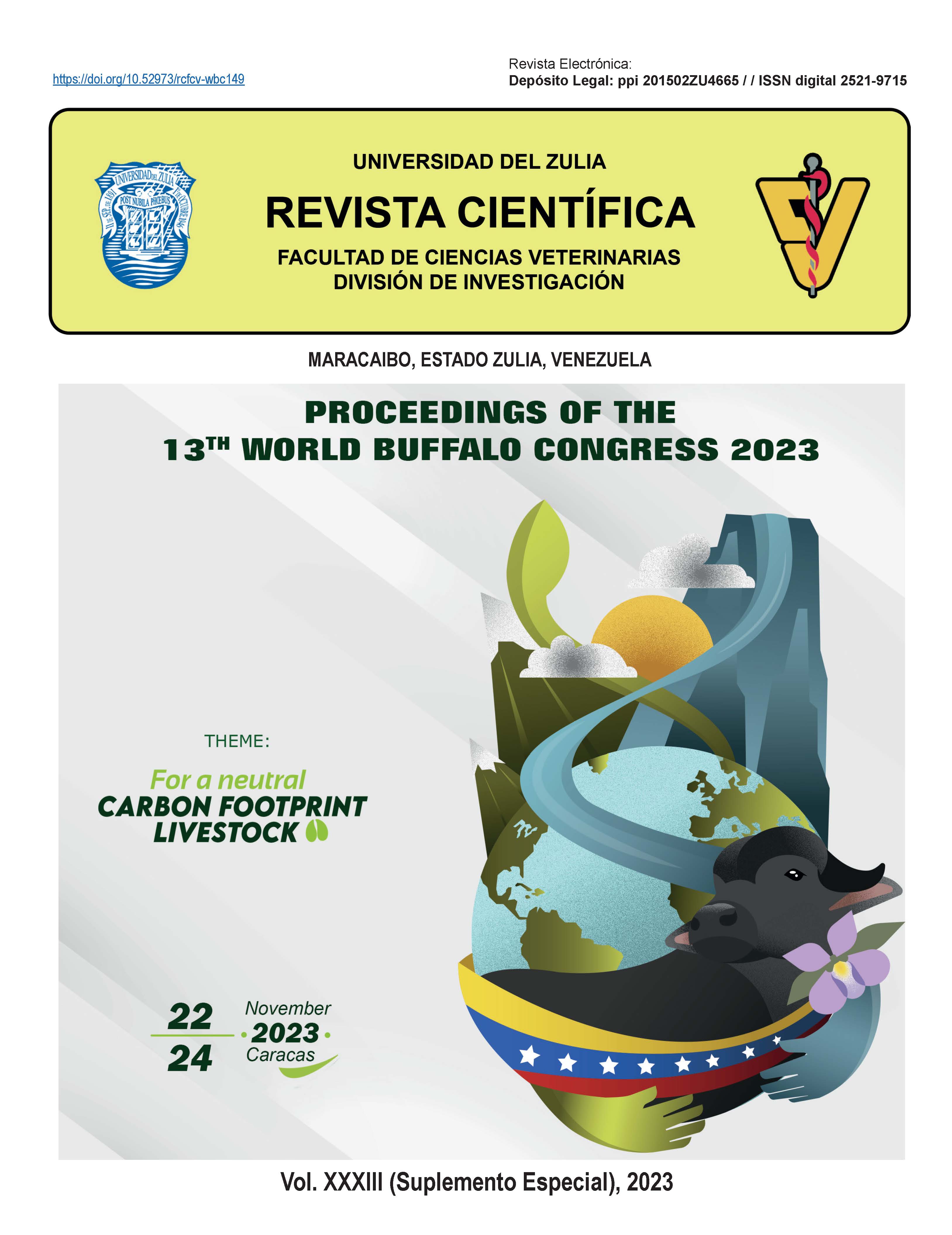Exploring the functional role of POU5F1 using CRISPR RNP electroporation of zygote (CRISPR-EZ) in buffaloes
Abstract
POU5F1, a key transcription factor, plays a pivotal role in maintaining pluripotency and cellular differentiation, making it of immense interest in developmental biology and animal husbandry. In the present study, we employ state-of-the-art CRIS-PR ribonucleoprotein (RNP) electroporation of zygotes (CRIS-PR-EZ) methodology to precisely manipulate the POU5F1 gene in buffalo zygotes for exploring the phenotypic and functional outcomes of embryonic development. Through a combination of strategies, we found that electroporation of buffalo zygote at 20V/mm, five pulses, 3 msec at 10 h post-insemination (hpi) resulted in greater membrane permeability and higher editing efficiency (88.71%) without affecting embryonic developmental potential. We targeted the buffalo POU5F1 gene using the abovementioned parameters, which caused nonsense-mediated mRNA decay and led to complete knockout (KO) of the POU5F1 gene. We analyzed the mutation rates and mosaic mutations using tracking of Indels by decomposition (TIDE) software. We observed no difference in the embryonic developmental competence at cleavage or blastocyst rate between control, POU5F1-KO, and electroporated control embryos. We determined the expression of SOX2, Nanog, and GATA2 in POU5F1 intact (Control) and POU5F1-KO confirmed blastocyst to better understand the impact of POU5F1-KO on other pluripotent genes. POU5F1-KO significantly (p<0.05) altered SOX2, Nanog, and GATA2 expression in blastocyst- stage embryos. In conclusion, direct electroporation of the CRISPR RNP component to the earlier stage of the zygote efficiently created mutations in the POU5F1 gene. We developed an easy and straightforward protocol for gene editing, which could serve as a valuable method for studying the functional genomics of the buffalo embryos.
















